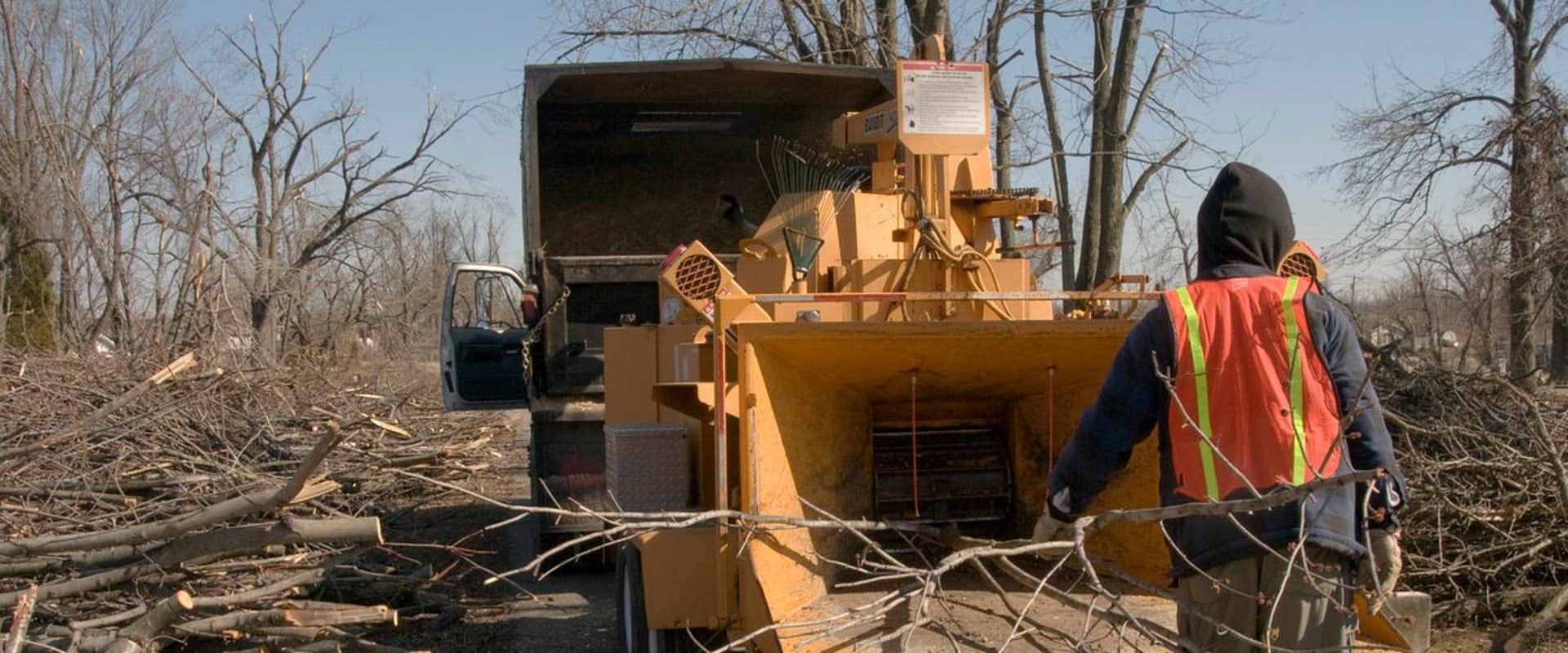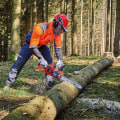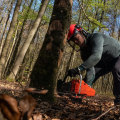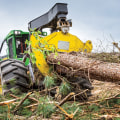Forestry equipment plays a crucial role in the management and maintenance of forests. From chainsaws to harvesters, these tools are essential in the forestry industry. One of the most commonly used equipment is the chipper, which is used to reduce tree limbs and branches into smaller pieces for easier disposal or use as mulch.
The Importance of Safety Precautions
Operating a chipper may seem like a simple task, but it can be dangerous if proper safety precautions are not followed. According to the Occupational Safety and Health Administration (OSHA), there were 39 fatalities related to wood chippers between 2000 and 2013. These accidents could have been prevented if proper safety measures were taken. As an expert in the forestry industry, I have seen firsthand the importance of following safety precautions when operating a chipper.In this article, I will discuss the essential safety measures that every chipper operator should know.
Before Operating the Chipper
Before starting any work, it is crucial to conduct a thorough inspection of the chipper. Check for any damaged or missing parts, and make sure all safety features are in place and functioning correctly. This includes the emergency shut-off switch, guards, and shields. It is also essential to wear appropriate personal protective equipment (PPE) before operating the chipper. This includes a hard hat, safety glasses, earplugs, gloves, and steel-toed boots.PPE can protect you from flying debris, noise, and other hazards that may arise while using the chipper.
Tip:
Make sure to read the manufacturer's manual before operating the chipper. It contains important safety information and instructions specific to the model you are using.Setting Up the Work Area
Once the chipper is inspected and you are wearing the necessary PPE, it is time to set up the work area. The first step is to establish a safe distance between the chipper and any other equipment or structures. The recommended distance is at least 10 feet. Next, clear the work area of any debris, rocks, or other objects that may cause damage to the chipper or create hazards.It is also essential to remove any low-hanging branches or obstacles that may interfere with the operation of the chipper.
Tip:
Always have a designated spot for wood chips and debris to prevent tripping hazards and keep the work area organized.Operating the Chipper
Now that everything is set up, it is time to start the chipper. Before feeding any material into the machine, make sure to turn off the engine and wait for all moving parts to come to a complete stop. This will prevent any accidents from occurring while loading material into the chipper.Tip:
Never attempt to clear a jammed chipper while it is still running. Always turn off the engine and wait for all moving parts to stop before attempting to remove any debris. When feeding material into the chipper, make sure to use a long-handled tool or push stick.This will keep your hands and body at a safe distance from the blades. Never use your hands or feet to push material into the chipper, as this can result in serious injuries.
Tip:
Do not overload the chipper with material. This can cause jams and increase the risk of accidents.After Using the Chipper
Once you have finished using the chipper, it is essential to clean and maintain the machine. Remove any debris or wood chips from the blades and other moving parts.Inspect the chipper for any damage and make any necessary repairs before using it again. It is also crucial to properly store the chipper in a secure location, away from children and unauthorized personnel. This will prevent any accidents from occurring when the chipper is not in use.
Conclusion
In conclusion, operating a chipper requires proper safety precautions to prevent accidents and injuries. As an expert in the forestry industry, I cannot stress enough the importance of following these safety measures. Always remember to inspect the chipper before use, wear appropriate PPE, set up a safe work area, and use caution when operating the machine.By following these safety precautions, you can ensure a safe and productive work environment for yourself and those around you.







